“How we grow our food has a really big impact on the quality of that food and that means that when the quality of the food is better, the quality of your health and the quality of our planet is better” explains Mary Purdy, Rd, Integrative & Eco-Conscious Registered Dietitian, on her podcast.
No matter how many times you enjoy a salad for lunch, the nutritional value that’s on your plate has already been determined long before you placed your order.
How does food production affect food quality?
“Agricultural techniques that are more eco-friendly tend to make produce and foods that are healthier for you” explains Mary.
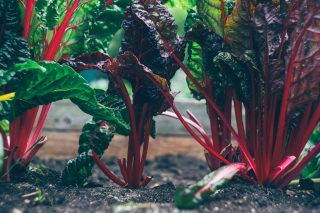
Photo by Markus Spiske on Unsplash
We all want to consume food rich in nutritional value. However, in order to do this, we need to be conscious of how our food is produced and presented. Not many people think that food production can have a great impact on the nutritional quality of food, especially when you realize that the nutritional value of food has faced a steady decline.
Don’t believe us? Well, one study found that, between 1975 and 1997, average calcium levels in 12 vegetables dropped by 27%, vitamin A levels by 21%, and vitamin C levels by 30%. A separate British study found that between 1930 and 1980, the average calcium content had depleted 19%, iron 22%, and potassium 14%.
So what’s the reason for the decline in the nutritional value of our food? The answer is a simple one: soil depletion. The fact of the matter is that if we really want total control of our health, of the quality of our food, and frankly the longevity of our planet, then we need to learn to take better care of our soil microbiome.
Where does the soil microbiome come in?
“The soil microbiome is this neuro-network in the plant that can affect the plant at a genetic level. If we can create healthy soil, not only will it help sequestrate carbon (reduce the amount of carbon dioxide in the atmosphere with the goal of reducing global climate change) but it will also help to retain water. For every 1% soil organic matter that we build on our farm, we can retain 170 000 gallons of water per acre” explains CEO and co-founder of Nutrition for Longevity Jennifer Maynard, who also has a twenty-plus year career in biotech and pharmaceutical medicine area, “When you are building up that soil organic matter, you’re creating an environment for the soil microbiome to thrive and this builds up phytonutrients which are essentially superfoods rich in color and nutrients.”
A United Nations report revealed that a third of the planet’s land was severely degraded through erosion, salinization, compaction, acidification, and chemical pollution, and fertile soil was being lost at a rate of 24bn tonnes a year. It’s easy to see why so much focus has been placed on the health and quality of the soil.
If we really want to protect the health of our soil, then it’s best to re-evaluate our farming practices. We may need to turn away from commercial farming practices to something more sustainable like regenerative farming.
What is regenerative farming?
“Regenerative farming is all about reconstructing the soil. A lot of current agricultural practices are all about constructing the soil. It’s all about pillage and getting rid of as many weeds as possible. This is done in a very mechanized way that is low on labor costs and often using a lot of chemicals” explains Maynard, who goes on to mention that the US used to have, on average 11% soil organic which is an indicator of soil structure and now they have an average 1% and this is why regenerative farming is becoming a hot topic.
Benefits of regenerative farming
Improves soil health
In 2015, the then UN Director-General José Graziano da Silva warned at the time that “Further loss of productive soils would severely damage food production and food security, amplify food-price volatility, and potentially plunge millions of people into hunger and poverty.”
As mentioned, the purpose of regenerative farming is to improve the health and quality of the soil. According to Maynard, they’ve noticed 700 times less soil erosion by using regenerative farming. Furthermore, healthy soil means a healthy soil microbiome and this means a healthier you.
In fact, a study published in PLoS One found that a healthy soil microbiome full of necessary bacteria is more likely to produce nutrient-dense food, which can then promote better health.
Helps to tackle climate change
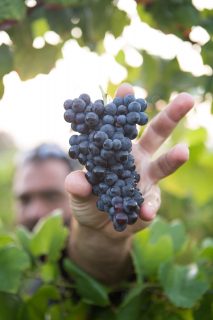
Photo by Jodie Morgan on Unsplash
The Intergovernmental Panel on Climate Change (IPCC), which is the United Nations body for assessing the science related to climate change, found that 23% of the total global greenhouse gas GHG emissions are directly related to agriculture, forestry, and other types of land use. That said, a report from the Rodale Institute, a nonprofit organization that supports research into organic farming, regenerative farming has the potential to reduce climate change instead of contributing to it.
How so?
By helping to maximize the carbon dioxide pulled from the atmosphere by plant growth and minimize the loss of that carbon once it is stored in the soil.
Better infiltration
Infiltration refers to the soil’s ability to absorb and hold water, which means less runoff. This then translates to less erosion and pollution as a result of the reduction in runoff water.
According to the Food and Agriculture Organization of the United Nations, natural springs that had dried up many years ago, have begun to flow again due to new regenerative farming practices.
More nutritious
“Regeneratively grown plants are put under more stress because we don’t use chemicals to defend them. So, they have to draw on their microorganisms to cope with stress. One of the main mechanisms that they do is communicate with the plant to create more phytonutrients,” explains Maynard.
Phytonutrients are chemicals found in plant products that help to provide antioxidant and anti-inflammatory benefits. Studies have found that they exist in abundance when it comes to non-commercially farmed produce.
A study from Newcastle University found that organic fruits and vegetables deliver between 20 and 40 percent more antioxidants than conventional fruits and vegetables. Additionally, a separate study published in the British Journal of Nutrition found that organic dairy and meat contain about 50% more omega-3 fatty acids.
Farming innovations: aquaponics
There’s still a long way to go before we can adopt regenerative farming as the new method of farming. In the meantime, we can look at other innovative ways of producing food.
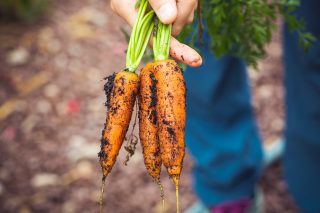
Photo by Markus Spiske on Unsplash
One such technique could be aquaponics. Maynard describes it as “an ancient farming technique that can be traced back to the Aztecs, and which uses about 1% of the water of conventional farming”.
With aquaponics, you grow fish and other aquatic animals in an effort to grow plants without soil. The plants are fed the aquatic animals’ waste and, in return, the vegetables clean the water that goes back to the fish. While this happens, microbes gather in the spaces between the roots of the plant and convert the fish waste and the solids into substances the plants can use to grow.
Maynard sees it as a farming technique that is still environmentally friendly and which allows us to grow food worldwide, especially with the rise in natural disasters.
What can I do?
If you want to start making little changes, start asking where your food comes from. In addition, to shopping organic, you can also start to grow a little of your own food. According to Maynard, once people understand how challenging it is to grow food, they’ll likely become more conscious about their food waste.
References
Davis, D. R., Epp, M. D., & Riordan, H. D. (2004). Changes in USDA food composition data for 43 garden crops, 1950 to 1999. Journal of the American College of Nutrition, 23(6), 669–682. https://doi.org/10.1080/07315724.2004.10719409
Mayer, Anne-Marie. (1997). Historical changes in the mineral content of fruits and vegetables. British Food Journal. 99. 207-211. 10.1108/00070709710181540.
Reganold, J. P., Andrews, P. K., Reeve, J. R., Carpenter-Boggs, L., et al. (2010). Fruit and soil quality of organic and conventional strawberry agroecosystems. PloS one, 5(9), e12346. https://doi.org/10.1371/journal.pone.0012346
Średnicka-Tober, D., Barański, M., Seal, C. J., Sanderson, R., et al. (2016). Higher PUFA and n-3 PUFA, conjugated linoleic acid, α-tocopherol and iron, but lower iodine and selenium concentrations in organic milk: a systematic literature review and meta- and redundancy analyses. The British journal of nutrition, 115(6), 1043–1060. https://doi.org/10.1017/S000711451600034


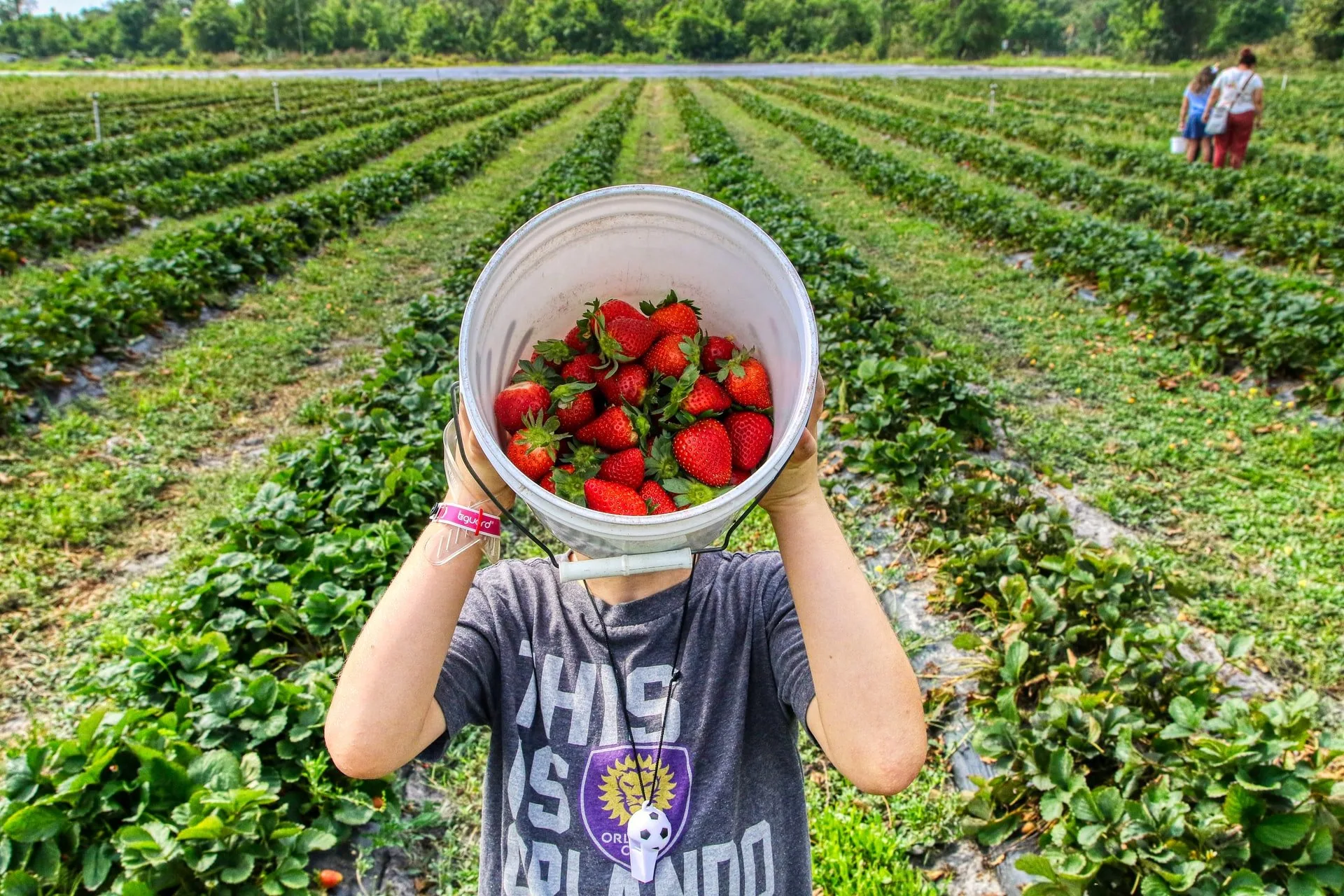
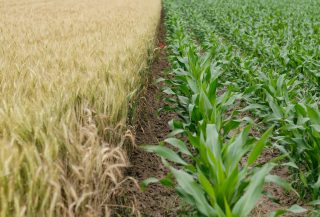


![women [longevity live]](https://longevitylive.com/wp-content/uploads/2020/01/photo-of-women-walking-down-the-street-1116984-100x100.jpg)









